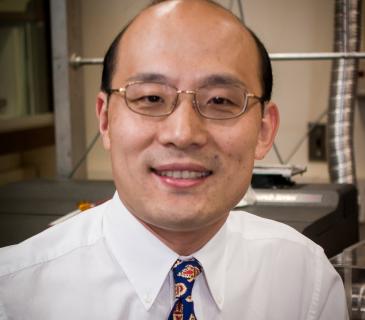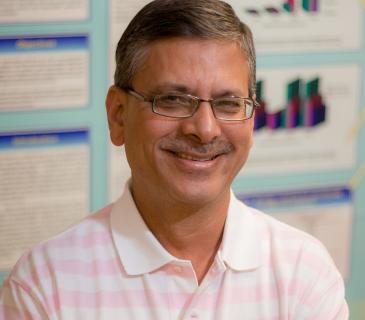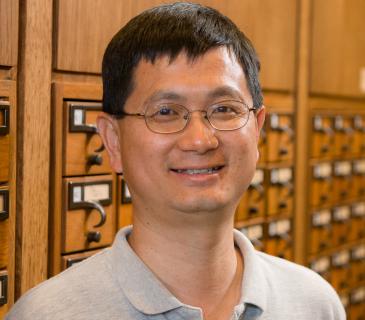Photochemical smog and air pollution have been shown to cause acute and chronic damages to human and ecosystem health. Atmospheric chemists at the Wadsworth Center are at the forefront of understanding and addressing the critical role gaseous and particulate pollutants play in the formation of oxidants and smog, and the human health impact of pollution. Laboratory studies, field observations, and exposure assessments are conducted by our scientists to tackle these environmental issues.
Associated Researchers

Liang T. Chu, Ph.D.
Nuclear Chemistry Laboratory
We investigate heterogeneous reactions occurring on ice, environmental particle and nanoparticle surfaces to better understand the atmospheric pollution processes and their impact on human health using spectroscopic techniques.

Haider A. Khwaja, Ph.D.
Environmental Atmospheric Chemistry Laboratory
We conduct multidisciplinary research to understand water and indoor and outdoor air pollution and their impact on human health.

Xianliang Zhou, Ph.D.
Asbestos Laboratory
We conduct both laboratory and field studies to understand the tropospheric chemistry of reactive nitrogens, a group of key species involved in the formation of atmospheric secondary pollutants, such as ozone and aerosols.

Lei Zhu, Ph.D.
Environmental Atmospheric Chemistry
We investigate and understand what controls the atmosphere’s energy balance and how homogeneous/heterogeneous photochemical reactions impact pollutant and oxidant formation in the atmosphere by using innovative approaches.